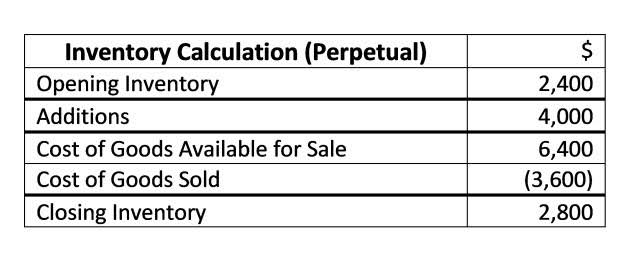
Both cash dividends and stock dividends result in a decrease in retained earnings. The effect of cash and stock dividends on the retained earnings has been explained in the sections below. Net Profit or Net Loss in the retained earnings formula is the net profit or loss of the current accounting period.
Because expenses have yet to be deducted, revenue is the highest number reported on the income statement. Gross revenue is the total amount of revenue generated after COGS but before any operating and capital expenses. Thus, gross revenue does not consider a company’s ability to manage its operating and capital expenditures. However, it can be affected by a company’s ability to competitively price products and manufacture its offerings. Net sales are calculated as gross revenues net of discounts, returns, and allowances. Though gross revenue is helpful in accounting for, it may be misleading as it does not fully encapsulate the activity regarding sale activity.
Retained Earnings (RE)
Companies will also usually issue a percentage of all their stock as a dividend (i.e. a 5% stock dividend means you’re giving away 5% of the company’s equity). Yes, retained earnings carry over to the next year if they have not been used up by the company from paying down debt or investing back in the company. Beginning retained earnings are then included on the balance sheet for the following year. Additional paid-in capital does not directly boost retained earnings but can lead to higher RE in the long term. Additional paid-in capital reflects the amount of equity capital that is generated by the sale of shares of stock on the primary market that exceeds its par value. As a company reaches maturity and its growth slows, it has less need for its retained earnings, and so is more inclined to distribute some portion of it to investors in the form of dividends.
Companies can use reserves for any purpose they see fit, while they must use retained earnings to finance their operations or reinvest in the company. And while retained earnings are always publicly disclosed, reserves may or may not be. Profits generally refer to the money a company earns after subtracting all costs and expenses from its total revenues.
Retained Earnings Statement
Retained earnings are calculated to-date, meaning they accrue from one period to the next. So to begin calculating your current retained earnings, you need to know what they were at the beginning of the time period you’re calculating (usually, the previous quarter or year). You can find the beginning retained earnings on your Balance Sheet for the prior period. In broad terms, capital retained is used to maintain existing operations or to increase sales and profits by growing the business. It is a key indicator of a company’s ability to generate sales and it’s reported before deducting any expenses. Retained earnings are also known as accumulated earnings, earned surplus, undistributed profits, or retained income.
- That said, calculating your retained earnings is a vital part of recognizing issues like that so you can rectify them.
- But it’s considered a very good general indicator of business health and is definitely something investors look at.
- When he’s not busy at work, Noah likes to explore new European cities, exercise, and spend time with friends and family.
- Revenue, sometimes referred to as gross sales, affects retained earnings since any increases in revenue through sales and investments boost profits or net income.
- Even if you don’t have any investors, it’s a valuable tool for understanding your business.
- It’s important to note that net profit and retained earnings are not representative of cash.